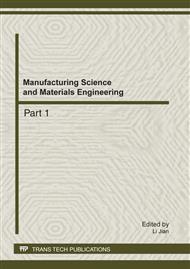p.408
p.412
p.418
p.424
p.430
p.437
p.442
p.447
p.452
Prediction of Pilot Pollution in High-Rise Buildings Covered by Outdoor Base Station
Abstract:
In Code Division Multiple Access (CDMA) communication systems, the pilot pollution in high-rise building area is an increasingly prominent and long-standing problem, which seriously affects Quality of Service (QoS) and User Experience (UE). This paper presents a predicting method of pilot pollution in high-rise building area covered by Outdoor Base Station (OBS).The method, which is based on Operation Maintenance Center (OMC) and location (LOC) data, can predict pilot pollution severity occurred in high-rise and pertinently recommend a prioritization scheme, by analyzing the relationship of pilot strength, distance and angle between target area and OBS. The validity and feasibility of this prediction method have been verified by Call Quality Test (CQT). Operators Capital Expenditure (CAPEX) and Operating Expense (OPEX) could be greatly reduced with the efficient and convenient prediction.
Info:
Periodical:
Pages:
430-436
Citation:
Online since:
January 2012
Authors:
Keywords:
Price:
Сopyright:
© 2012 Trans Tech Publications Ltd. All Rights Reserved
Share:
Citation:


